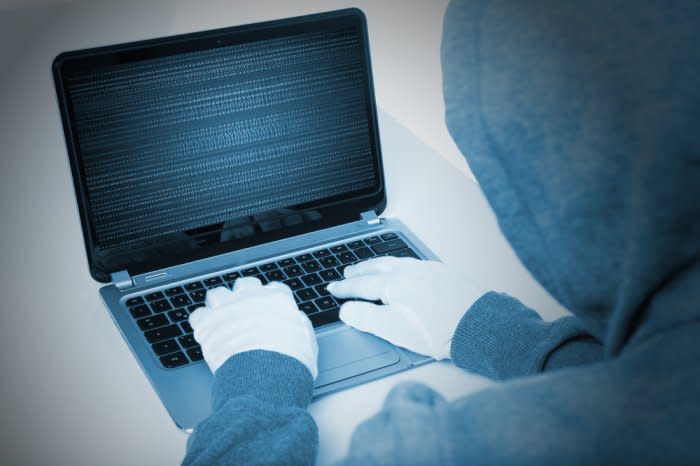On This Day, June 26: Barcode used to make purchase for first time
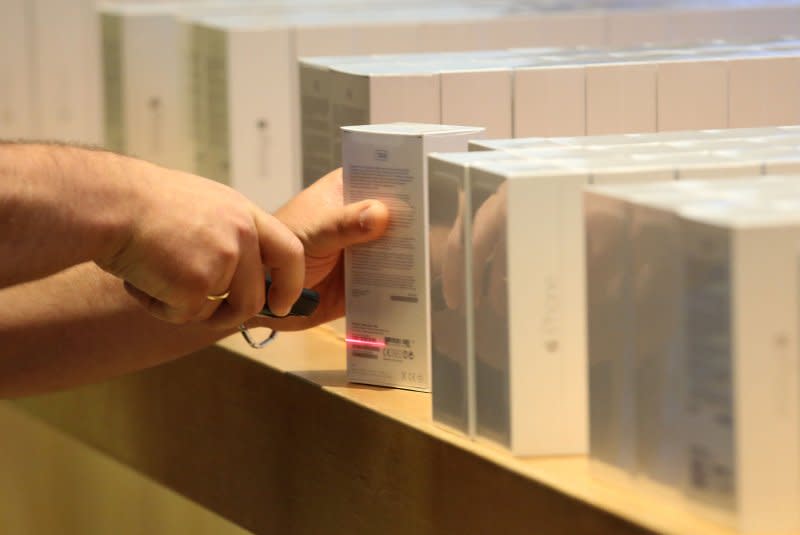
On this date in history:
In 1900, Dr. Walter Reed and his medical team began a successful campaign to eradicate yellow fever in the Panama Canal Zone.
In 1917, the first troops of the American Expeditionary Force reached France in World War I.
In 1939, film censors approved Gone With The Wind but fined Producer David O. Selznick $5,000 for objectionable language in Rhett Butler's famous closing line to Scarlett O'Hara: "Frankly, my dear, I don't give a damn."
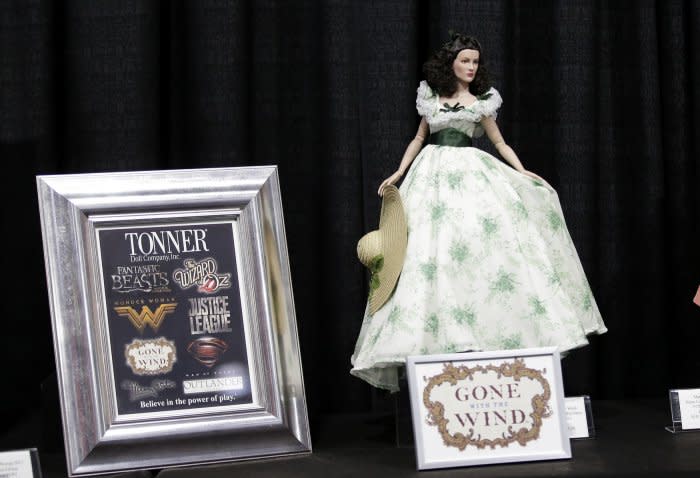
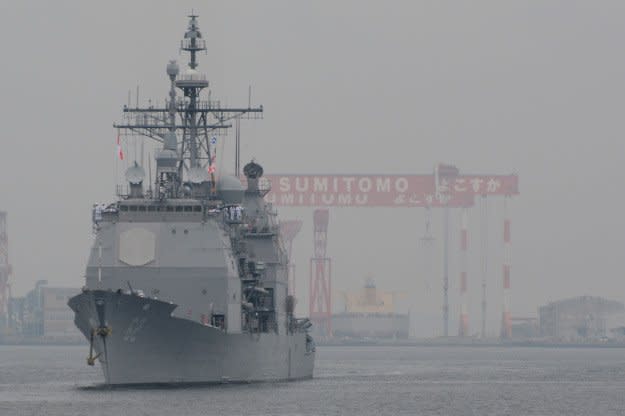
In 1945, the United Nations Charter drawn up at a conference in San Francisco, was signed by representatives of 50 nations -- the original U.N. members. The organization officially began operations Oct. 24, 1945. U.N. Day is Oct. 24 each year.
In 1948, two days after the start of the blockade of Berlin, the Western Allies organized the Berlin airlift to ferry supplies to the people of West Berlin.

In 1959, U.S. President Dwight Eisenhower and Britain's Queen Elizabeth II formally opened the St. Lawrence Seaway in Canada.
In 1974, the barcode, allowing for the electronic scanning of prices, was used for the first time. The purchase was a pack of gum at a supermarket in Troy, Ohio.
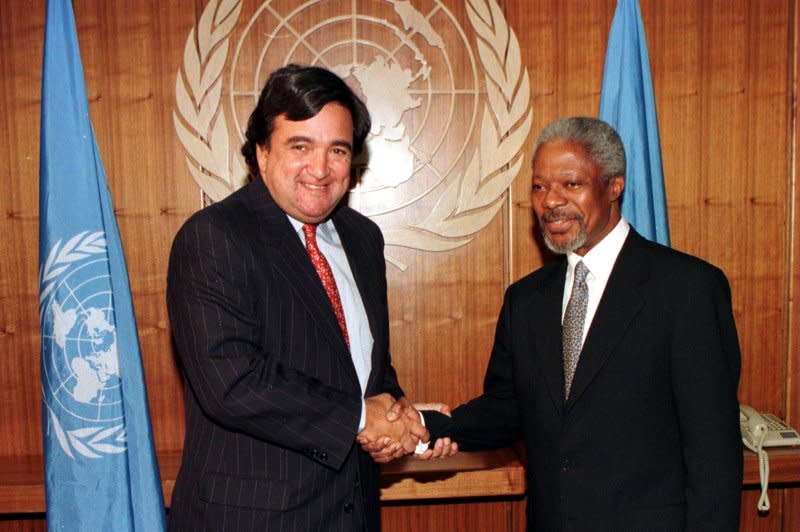
In 1976, the CN Tower, then the world's tallest free-standing structure at 1,815 feet 5 inches tall opened in Toronto.
In 1990, U.S. President George H.W. Bush discarded his "no new taxes" campaign pledge, saying "it is clear to me" taxes are needed as part of a deficit-reduction package.
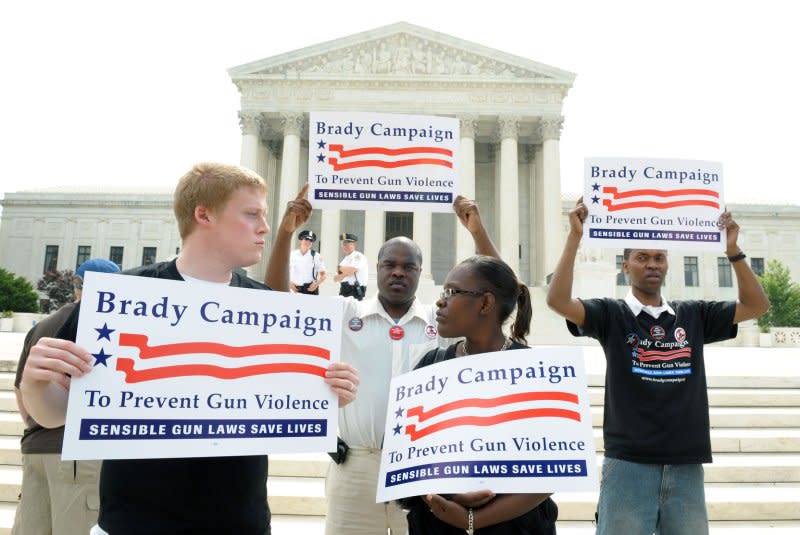
In 1992, U.S. Navy Secretary H. Lawrence Garrett resigned, accepting responsibility for the "Tailhook" incident involving the harassment of Navy women by naval aviators.
In 1993, President Bill Clinton ordered a cruise missile attack against the Iraqi intelligence headquarters in Baghdad after "compelling evidence" showed the Saddam Hussein regime plotted to assassinate former President George H.W. Bush in 1992.
In 1997, Harry Potter and the Philosopher's Stone by J.K. Rowling was published, launching the start of a seven-book and series that captured the world's imagination and spurred several films and assorted spinoffs.

In 2000, two rival groups of scientists announced they had deciphered the genetic code, the human genome.
In 2008, the U.S. Supreme Court ruled 5-4 that the Constitution protects an individual's right to carry a gun for private use but said the ruling did nothing to alter the ban on gun ownership by felons or the mentally ill, or carrying a gun into such "sensitive" areas as schools or government buildings.
In 2015, the U.S. Supreme Court ruled 5-4 that states are constitutionally compelled to issue marriage licenses to same-sex couples, legalizing gay marriage nationwide.
In 2019, two cities in Florida -- Riviera Beach and Lake City -- paid hackers hundreds of thousands of dollars to relinquish control of their computer systems.
